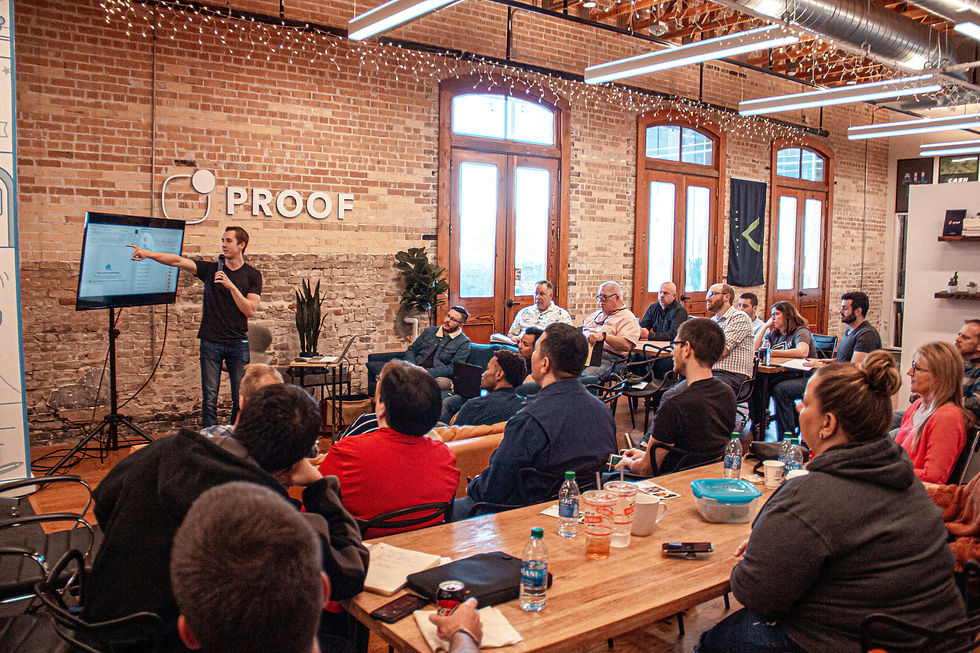College Admissions: Why Grades Alone No Longer Guarantee Success
- Terence Ang
- May 17
- 4 min read
In today’s increasingly global and competitive higher education landscape, students in Singapore—whether from local or international schools—are facing unprecedented challenges in applying to top universities in the United States, United Kingdom, and beyond. While strong academic results remain essential, they are no longer enough.
Top-ranked universities are adopting a holistic admissions process, where college application essays, academic portfolios, interviews, and a student’s extracurricular resume often weigh just as heavily as their grades. This shift has elevated the importance of strategic college admissions planning and early career mentorship, especially for those targeting demanding programs in medicine, law, economics, computer science, and business.
1. College Admissions Are More Competitive Than Ever

In recent years, the number of applications to top universities has skyrocketed. The 2024–2025 admissions cycle saw a significant increase in volume: Common App reported a 6% increase in applications compared to the previous year. Elite U.S. institutions like Harvard, Stanford, and Columbia have acceptance rates below 5%. In the UK, UCAS data reflects an upward trend in international applications, especially for high-demand courses like medicine and law.
For local and international students studying in Singapore —many of whom are already high academic performers—this means that grades are no longer the differentiator they once were. A successful application now depends on how effectively students can present their unique experiences, intellectual pursuits, and long-term goals. In this environment, building a distinctive and well-structured college admissions profile is essential.
2. Extracurricular Activities Matter More Than You Think

According to the National Association for College Admission Counseling (NACAC), about 80% of U.S. colleges consider extracurricular involvement as a moderately or considerably important factor in their decision-making.
Top universities increasingly look for students who have:
Demonstrated leadership in student councils, clubs, or community initiatives
Pursued long-term interests through consistent activity in sports, arts, or competitions
Aligned their extracurriculars with academic and career goals
For example, an applicant to a computer science program who participates in hackathons, open-source projects, and AI workshops presents a more compelling profile than one with only textbook-based learning. Likewise, aspiring lawyers who take part in debate tournaments or mock trials gain an edge by showcasing relevant critical thinking skills.
In Singapore, students have access to a wide array of enrichment opportunities—from Math and Science olympiads to public speaking events and entrepreneurship challenges. The key lies in choosing activities that demonstrate initiative, passion, and depth, rather than simply racking up accolades.
3. Resume Building Through Projects, Research, and Competitions

Admissions officers are increasingly interested in how students apply their knowledge outside of the classroom. Participating in research projects, starting a nonprofit, or competing in international challenges adds significant value to a student’s portfolio.
Examples of resume-building experiences include:
Writing a research paper on sustainable finance or biotech innovation
Organizing a community education program
Building a prototype for a STEM solution to a real-world problem
Competing in contests like the International Biology Olympiad, World Scholar’s Cup, or EESEC Case Competition for High School Future Leaders.
For competitive courses like medicine, economics, computer science, and business, these projects serve as proof of a student’s commitment and practical understanding. Notably, students who start early—often in Secondary 3/Grade 9 or earlier—have more time to develop and refine a meaningful body of work before their application season begins.
This approach also lends itself to stronger personal statements and interviews, where students can speak authentically about their experiences and growth.
4. Aligning Career Exploration with Academic Goals

Increasingly, successful university applicants are those who can articulate a clear link between their academic interests and future career aspirations. Career exploration during the high school years—whether through internships, mentorships, or industry-specific summer programs—helps students build this connection.
In competitive courses like law, medicine, or finance, admissions committees want to see more than just an interest—they want evidence of initiative. For instance:
A future medic might volunteer at clinics or participate in healthcare outreach
A prospective lawyer might intern at a legal firm or attend MUNs
An aspiring entrepreneur could pitch a business idea at a youth startup competition
This kind of experiential learning deepens a student’s understanding of the field, improves their ability to write convincingly about their goals, and provides stories that enrich interviews and recommendation letters.
Conclusion: College Admissions is a Strategic Journey
The path to top-tier universities is no longer about just checking boxes—it’s about building a cohesive, authentic, and competitive application narrative. For students in Singapore, especially those targeting institutions in the UK and US, this requires a combination of academic excellence, resume strategy, and career-aligned experiences.
Starting early—ideally by lower secondary or the beginning of junior college—gives students the time and space to explore, fail, learn, and grow. A thoughtful approach to building one’s portfolio through research, competitions, projects, and mentorship makes all the difference when vying for admission to top global universities.


Comments